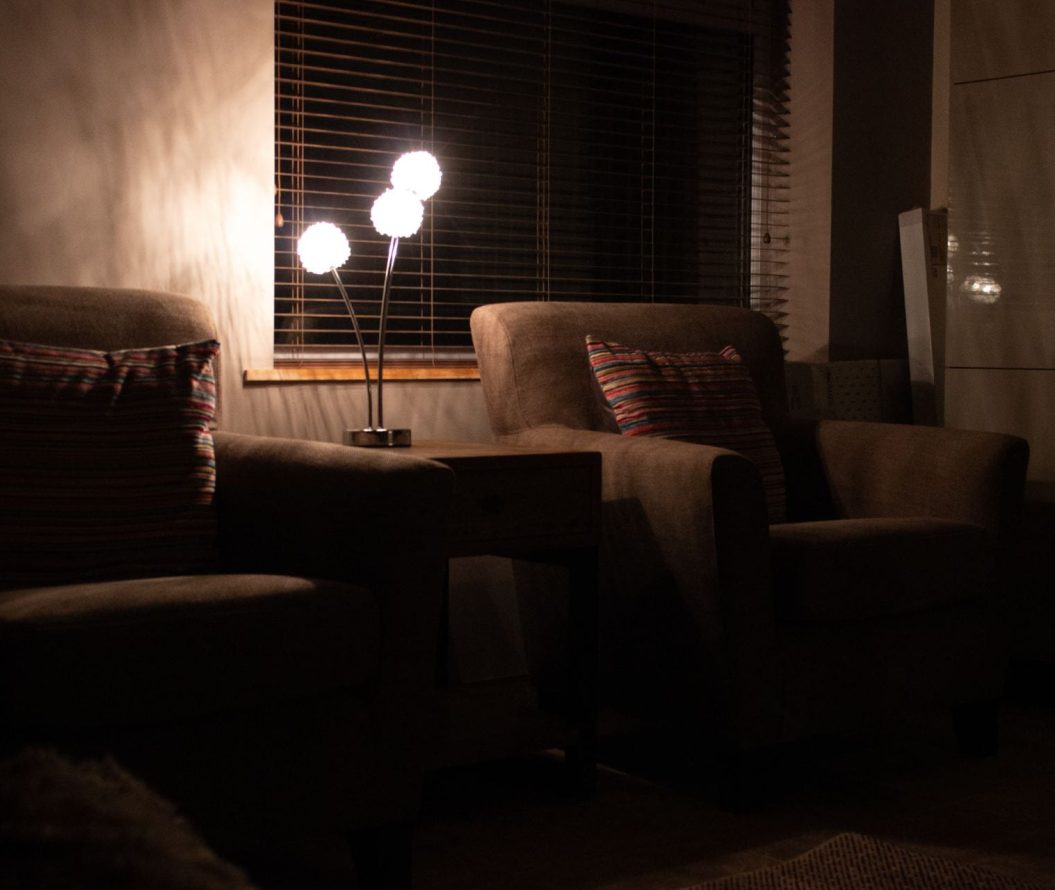Hi, I'm currently in third year studying MChem Chemistry for Drug Discovery and Development. I am passionate about science , LGBTQ+ rights and swimming too.

Transitioning to higher education can be very daunting. One of the biggest differences is the way that the content is delivered – via lectures! If you are worried about how to take notes whilst getting all the information you need, in only a short amount of time, then worry no longer! I am going to take you through my top 10 note taking tips.
Start with key points then expand post-lecture:
During the lecture use bullet points to make note of the key areas. After the lecture watch it back on Panopto, and use each bullet point as a heading for a new paragraph. This process ensures you don’t miss any content during the lecture, and you get conclusive notes that can be used to look back at and revise from.
Make a list of things you don’t understand:
Making a list of things you don’t understand within the lecture allows you to look over these at a later date and approach your mentor, lecturer or tutor where required. Doing this stops you from ignoring the content you don’t completely understand, and instead encourages you to proactively work towards learning it.
Write a summary:
At the end of a topic write up a summary of the key information. This means when revising you can easily find the information that you are looking for, and it also helps to drill the basic understanding into your brain.
Get creative:
Notes don’t have to be boring! They could include a mind-map, colour coding, symbols or diagrams. Not only does doing this make note taking more fun, but it makes the information you need more memorable too.
Annotate drawings and diagrams:
Doing this ensures that when you revisit your notes you will understand what you have drawn. There is nothing worse than looking back at your notes to see a beautiful, time consuming diagram that you can no longer remember the meaning of.
Be consistent:
If you are listening to a long lecture don’t be tempted to take lots of notes at the start and nothing for the rest of the session. Use the method in tip 1 to ensure you don’t lose concentration, or miss any important content.
Use paraphrasing to avoid plagiarism:
When you are taking notes from textbooks or other written materials do not copy the material word for word unless you clearly use quotation marks. If you do not do this and you go on to use “your” notes in a report or essay you have committed plagiarism. An easy way of avoiding this is to write your own interpretation of what the text is saying. This not only means you wont accidentally plagiarise, but it also helps you retain the information more, and makes your notes easier to revise from.
Stay organised:
Keep separate notebooks or folders for each module that you study, so that you can easily find your work. Also, as I study a science I find that having a separate notebook for practice problems and calculations is really useful so these don’t get muddled up with my other notes.
Make a glossary for new words:
If you are studying a new topic that includes lots of vocabulary that you have not encountered before, making a list of these words is a great place to start! It will not only help you retain the definitions, but it also gives you a resource to easily find them if you forget.
Remember your notes are just for you:
As notes are normally only for personal use it is important to remember that you don’t need to worry about spelling, handwriting, punctuation, or using complete sentences. All that matters is that you get the information written down in a way that YOU can understand when you revisit your notes.
By using the tips above it is likely that over time your note taking method will adapt and develop to a process that works comfortably and effectively for you. Be sure to checkout the studying tab for more posts and tips about studying at university!
This article is featured on Learning at Lincoln.
Please note: This content was created prior to Coronavirus, and some things might be different due to current laws and restrictions. Please refer to the University of Lincoln for the latest information.




